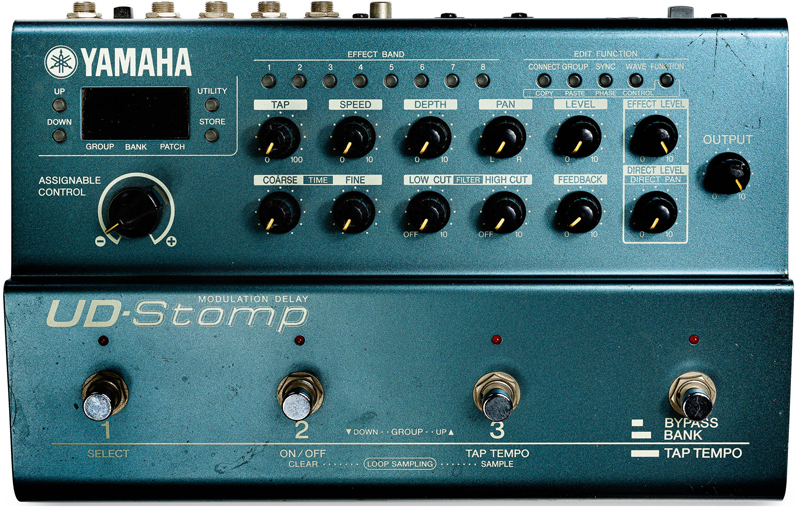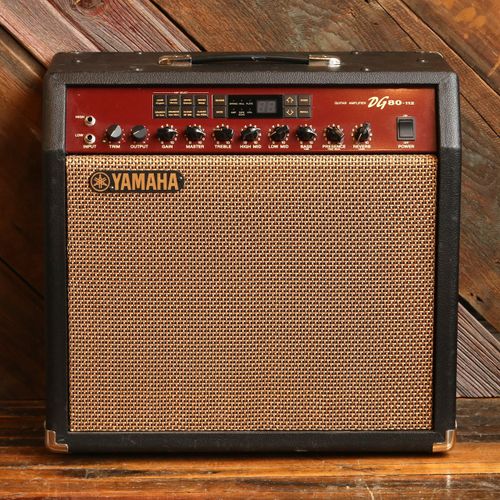- Messages
- 1,618
We're certainly not opposed to releasing a faster version of the same thing—POD HD500X and POD HD Pro X were a precedent here—but AFAIK, Helix is currently running the fastest version of its particular SHARC's family. That means there's no swap-the-DSP-out thing going on without A) a lot of hardware, architecture, and firmware work and B) everyone would then demand faster versions of Helix Rack, Helix LT, HX Effects, HX Stomp, and HX Stomp XL as well. And because the architectures are just different enough, we'd need to develop for and test twice as many SKUs for every sustaining update.Hi DI and forumers.
Is it Relevant to release an updated hardware model, with the same software "core" ?
I mean Helix Mk2, the same with newer DSPs...
Of course, there are pros and cons. Fractal have success with Mk2 and turbo versions.
So why not ?
If there were a SHARC from the same family that could easily be brought up on the same main board—but was 50% faster or something—that'd be a different conversation.
Also, I've mentioned this before, but the same-ol'-Helix-just-a-bit-faster would be, while perhaps beneficial to some, quite anticlimactic to the rest of us. I live for product design, and there's no design required for a faster Helix other than maybe what font to use for "MkII" or "Über" or "Extreme" or "Redux" or "Electric Boogaloo"...
Oh, and bringing this 'round to the start of the thread... it's the first day of michelada-with-a-dill-pickle season. Cheers, all!



